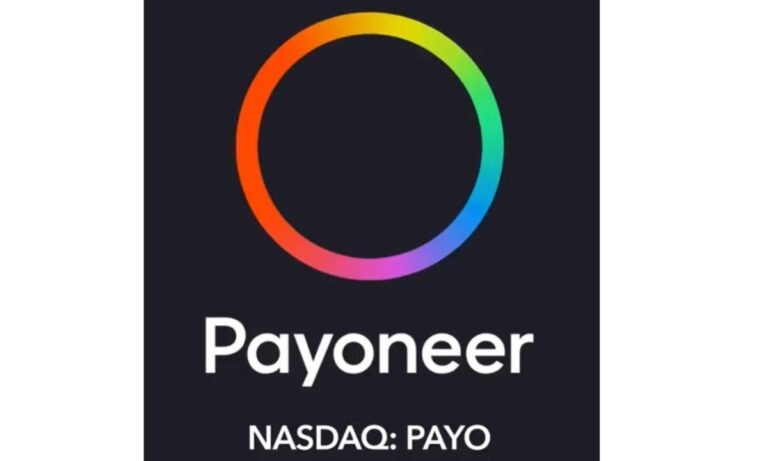Airlink Announces Launch of Xiaomi TVs in July 2024
Staff Report
Airlink has announced the launch of Xiaomi TVs in July 2024, with an annual capacity of 200-300K units.
AIRLINK aims to sell 125K units, generating Rs15-20bn in FY25.
Topline Securities organized the Pakistan Mid Cap Conference 2024. Day 3 of the conference commenced with a session on Air Link Communication (AIRLINK), featuring key speakers Mr. Amir Mahmood, Group CFO of AIRLINK, and Mr. Nusrat Mehmood, CFO of AIRLINK.
Management at AIRLINK expects FY24 revenue to reach Rs120bn. For FY25, they have set a revenue target of Rs160bn, with Rs140-145bn projected from the mobile segment and Rs15-20bn from the TV segment. In the mobile segment, 70% of the revenue is expected from the Assembly division and the remaining 30% from the Distribution division. For FY26, management anticipates revenue growth of 20-25%, with potential upside if exports are allowed.
AIRLINK’s gross margins stand at 8-9% for the Assembly division and 5.5-6.0% for the Distribution division. Management also intends to recommend a significant dividend to the board this year, although the final decision rests with the board.
AIRLINK is the sole manufacturer of Xiaomi mobile phones in Pakistan and the authorized manufacturer of Tecno Mobile in the country, holding a market share of 30-40%. Xiaomi is the third-largest and Tecno the fourth-largest mobile manufacturer globally.
Additionally, AIRLINK is negotiating with other companies for mobile phone assembly in Pakistan.
The machinery for the Xiaomi TV plant has been installed, with testing to be completed by June 2024. Xiaomi TVs will launch in July 2024, with an annual capacity of 200-300K units. AIRLINK aims to sell 125K units, generating Rs15-20bn in FY25.Starlink To Launch Satellite Communication Service in Pakistan
The total monthly market size for mobile phones in Pakistan is 1.8mn units, with AIRLINK manufacturing around 350-400K units.
The largest player in the domestic market is Infinix, with monthly sales of 500-550K units. AIRLINK has a monthly capacity of 1mn units on a double-shift basis and is currently operating at 40% capacity utilization.
Currently, AIRLINK faces no issues with LC opening, though management believes that macroeconomic factors pose key risks to the business.
The company may consider introducing more Xiaomi products, including watches, scooters, and EV cars, in Pakistan.
Management commented that in a year’s time, they are now launching Xiaomi’s second product, TVs.
Regarding localization, management highlighted that they could achieve a maximum of 20% localization, as LCDs and chips constitute a major portion of the mobile phone cost that cannot be localized.
On the export front, AIRLINK is working with the government to secure an 8-10% tax rebate, similar to incentives in China. No major capital expenditures are planned for the next few years.
Pak Elektron (PAEL)
The second session of the conference focused on Pak Elektron (PAEL), with key speaker Mr. Syed Manzar Hassan, CFO of PAEL.
PAEL is targeting US$50mn in exports of power and distribution transformers over three years. Historically, exports stood at US$2-3mn annually, but the target for 2024 is US$4mn, and for 2025 it is US$10mn.
PAEL has received orders from the USA and numerous inquiries, benefitting from the 35% duty on Chinese imports to the US, which does not apply to Pakistani imports.
The company also offers a shorter lead time of 6 months compared to 18-24 months for US and Mexican suppliers.
PAEL is targeting 35% sales growth in 2024, driven primarily by increased volumes. Refrigerator sales are expected to rise by 65%, while air conditioners and deep freezers are anticipated to more than double. These three categories account for 83% of the appliance division by volume.
The appliance division’s volume decreased by 50% in 2023 due to LC issues, creating a market shortage that allowed for a 40% average price increase.
This improved gross margins to 29% in 2023 and 27% in 1Q2024, up from 20% in 2022. PAEL plans to be long-term debt-free within 36 months, having improved its cash flow cycle.
Localization of raw materials varies between 30-40% depending on the product. PAEL’s effective tax rate is around 50% due to deferred taxation, a trend expected to continue for the next two years.
Although the company has not incorporated major policy rate declines into its business plans, a 100bps decrease would increase profit by Rs150mn.
The market sizes for fridges, air conditioners, water dispensers, washing machines, and LEDs are 1.9mn, 1.2mn, 0.2mn, 1.9mn, and 0.9mn units respectively.
PAEL holds a 20% share in fridges, 8% in air conditioners, 33% in water dispensers, 4% in washing machines, and 3% in LEDs.
For power products, the market sizes for power transformers, distribution transformers, switchgear, and energy meters are 70K, 50K, 3mn, and 3mn units per year, respectively. PAEL is a market leader, with higher barriers to entry due to the primary customer being government DISCOs.




